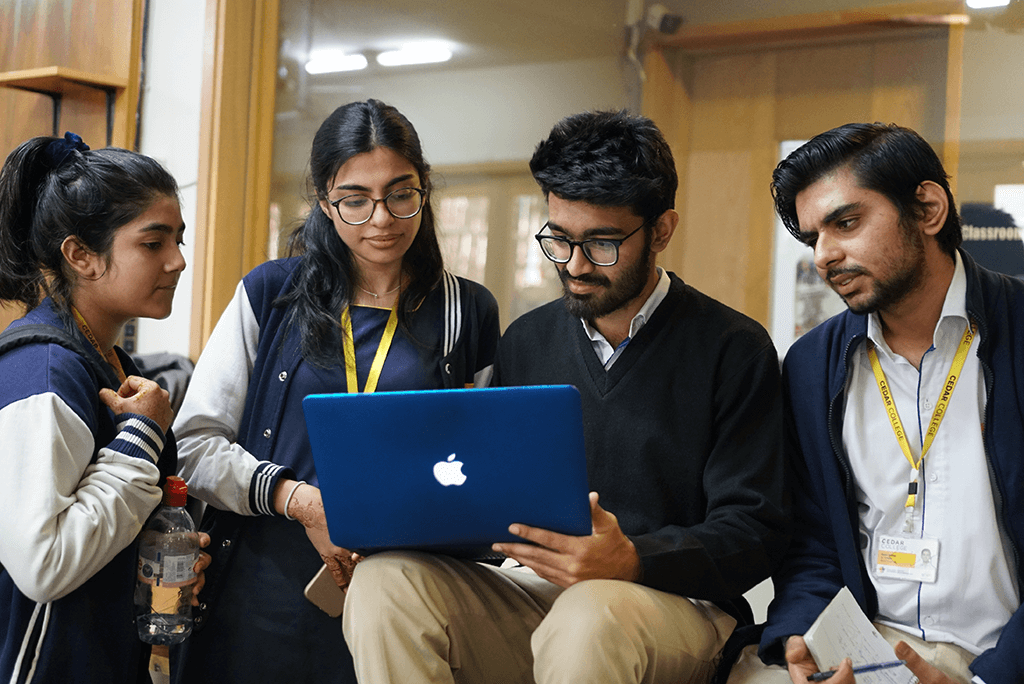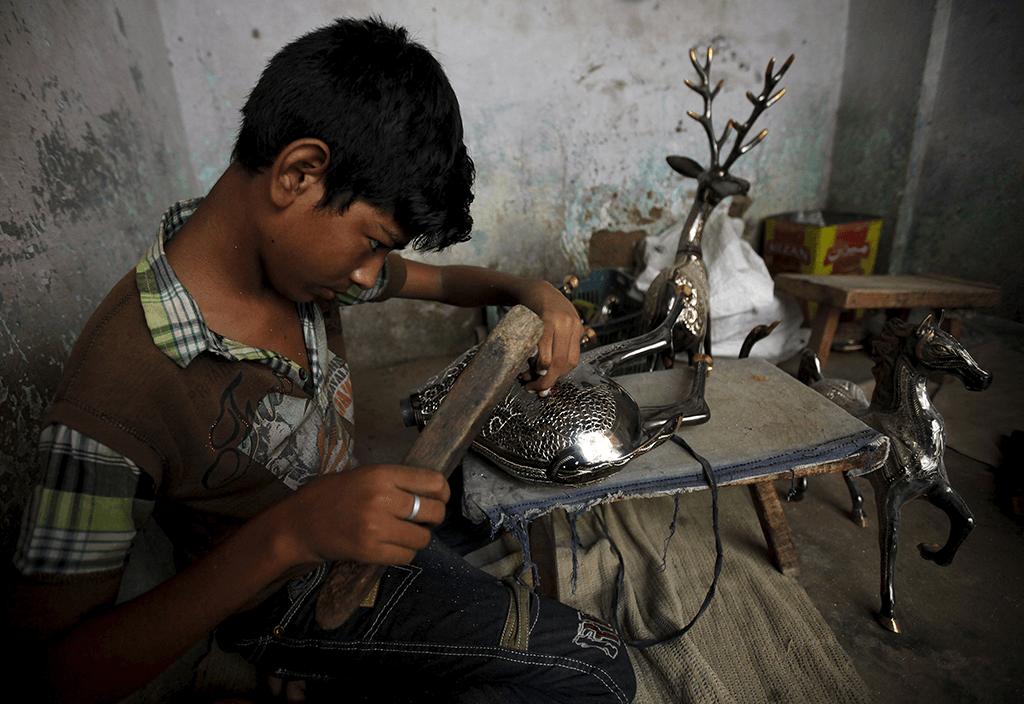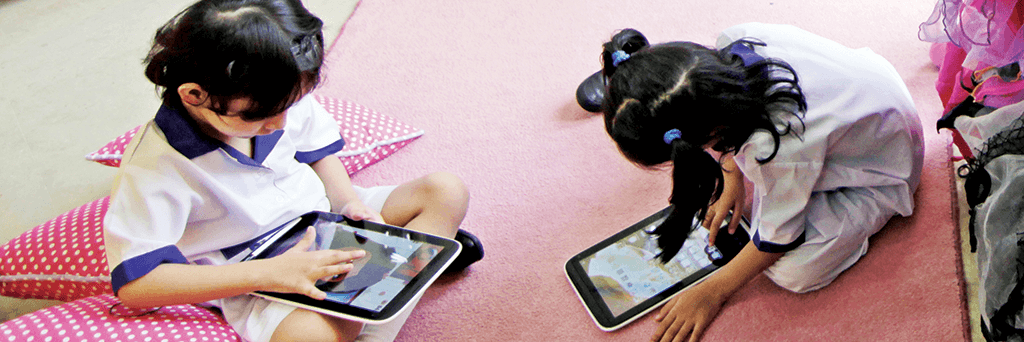COVID-19 disrupted and radically changed educational systems across the globe, possibly forever. Universities and schools were shut down for indefinite periods to contain the spread of a disease roughly affecting, by May 2020, some 1.725 billion learners worldwide.
Most of the usual assessments and examinations were either postponed, or eventually moved online following the protocols of the ‘new normal.’ And all these closures had societal impacts as well as economic consequences.
COVID-19, in itself, created a great upset in the rhythm of life as we knew it, and it was also a rude awakening as to our limitations during modern catastrophes. The education sector perhaps took one of the harder jolts during the pandemic and had to undergo a radical transformation to maintain a continuity of sorts.
Pakistan is a developing country and by some standards, still functioning in the pre-digital era. Nowhere at par with advanced Occidental countries in terms of domestic penetration and hence the usage of smart technology, Pakistan was suddenly pushed into a far greater measure of digital dependency due to the COVID-19 pandemic.

In a country like Pakistan where power outages are more than frequent, an uninterrupted supply of electricity is a major issue. Hence, internet access to the population also gets compromised at the same rate. However, education is the right of every human being, and therefore internet access to gain that education going forward should be the right of everyone. Pakistan’s current literacy rate is 62.3 percent; this means that approximately 60 million people in the country are illiterate.
There are three major challenges in higher education today:
1. Access to education
2. Equity
3. Quality education
There are only 216 universities to facilitate a population of 220 million. If more universities are built and appropriate staff and faculty are hired for them, there is also a possibility of assimilating the financial shortcomings.
Brick and mortar setups along with an online delivery of education are already in place in the Western world. Online education has stretched the horizons of the institutions to expand their outreach to audiences anywhere in the world. Public-private partnerships can be done for internet access, and curriculum and content development.
Online education can facilitate any learner, anywhere, at any time. And this means people are constantly learning every minute and have to keep on learning for the rest of their lives to keep from becoming redundant in the upcoming era.
Online learning is a stronger medium than face-to-face learning as it offers farther reach and freedom to learn at one’s convenience and pace of choice. Coupling online learning with physical learning would further enhance the learning experience as it would maintain some connection among students and teachers, as well as provide the liberty to learn whenever, wherever. Therefore, a blended learning model is a more feasible option for the learner of the 21st century.
We are living in the Anthropocene era where humans are affecting the earth’s environment, climate, and geology. Humankind and their activities in the last two centuries have endangered the entire ecosystem. Our ecological life support system has been colonised by humans and this has changed the world dramatically.
We need to adopt new ways and make immense efforts for the harmonisation of human civilisation and the biosphere. The old economic model needs to change. We need a fair economic model to decrease uneven wealth distribution and to create a sustainable and humane world. The type of new world we are seeking is in our hands, and we can collectively decide on our course of action. “The future we want” is not just a caption, but we can participate together to initiate and engage in negotiating a global viewpoint for shaping the future.
The world is taking leverage from the digital epoch of singularity and powerful modern technologies. Pakistan, as the sixth most populous country, with a high percentage of youth, still lacks the strongest instrument of education for establishing stability, peace, gender equality, wealth distribution, and health facilities.
For more than 70 years, we have been struggling to achieve any significant milestone in the educational development of our people. Pakistan being one of the underdeveloped countries, especially in terms of its state of education, has no choice but to invest in the education of its people to develop the nation.
The impact of highly volatile technologies will be highly disruptive. Two billion jobs are at the stake of automation across the globe. This permeating impact will soon be affecting developing countries like Pakistan, where illiteracy and low-level skills are deeply rooted. Regrettably, we are still malfunctioning in making the critical investment in education that can pay back smartly with developed human capital ultimately driving the nation towards a prosperous society and spurring sustainable economic growth.
The London School of Economics studied 15,000 universities in 78 countries and concluded that increasing the number of universities twice in any region will raise the GDP by 4.7 percent per capita within five years.
Higher education is the backbone for building a stronger nation. Higher education leaves a deeper impact not only on the individual, but also on societies and communities. University graduates are more health-conscious, environmentally aware, and have a keen sense of civic participation. Higher education not only grooms the individual, but also enables her/him to be an active member of society. Stronger nations are dependent on revenues from tax implementation on higher incomes, small family size, and healthier children.

The sustainable development goals in most of the developing and low-income countries are achieved by capacity-building through a tertiary education system for creating and disseminating knowledge to reduce economic, social, political, and ecological imbalances.
In 2019, the International Association of Universities (IAU) published a study on higher education in the digital era: ‘The current state of transformation around the world.’ This concluded that the main drivers of digital transformation are students, faculty, staff, administration, leadership, national authorities, technological companies, governing boards, and international agendas.

The key challenges faced by many higher education institutions are ‘financial investments,’ the largest obstacle of finances constituting a 70 percent ratio. Secondly, the organisational culture, the change, and the adoption of digital transformation at a slow pace constitute about 47 percent. The third major hindrance is the unreliable internet and infrastructure by about 35 percent. The lack of interest or the reluctance of staff to adapt comprises 29 percent. In 2017, the enrolment ratio in tertiary education accelerated from 19 percent to 38 percent. The female enrolment ratio has increased to 4 percent as compared to the male ratio globally. A rapid surge in enrolment has been noted since 2000, and in Pakistan in 2018, the enrolment ratio of males was 9.55 percent, while the female enrolment ratio was 8.32 percent.
In Pakistan, there is a substantial youth population between the ages of 15 to 29, constituting approximately 26.78 percent of the total population, i.e., 55,641,877 (55.64 million) as per the 2017-18 census. However, currently only 20.9 million Pakistani students are enrolled in higher education.
The percentage of enrolment in tertiary education in low-income countries is 9 percent in comparison to 77 percent in high-income countries. There was a projection of a 52 percent increase in enrolment ratios in tertiary education in middle-income countries from 2000 to 2017.
A powerful education system opens the gate of opportunities, upgrades existing health facilities and supports communities, all contributing to enhancing economic growth. A viable education system provides opportunities and new ideas to refine health facilities and to support communities’ interconnectivity. Increased higher education enrolment reinforces the economic growth pattern and accelerates the growth rate. Access to education provides the necessary skills for surviving in a sustainable world. Education helps communities tap new fields, such as exploring smart agriculture, renewable energy, innovative designs for resource-efficient cities, and discovering ways and means to preserve ecosystems.
Education can bring the most fundamental shift in our thinking in terms of being responsible for each other and our planet’s sustainability. The increase in enrolment will result in a more sustainable economy.
The purpose of education expands as humanity progresses and transforms the world. The education of the future would not be just about the fundamentals of science and humanities, it would be about understanding the whole circle of life. Future education would be about understanding human relationships, with each other, with the ecosystem, and with technology. Future education would not be provided within the confines of a certain space or a temporal boundary. Modern learning would have to be a continual learning process utilising the availability of information anywhere, anytime.
“If we teach today’s students as we taught yesterday’s, we rob them of tomorrow.”
John Dewey
— American philosopher and educational reformer


